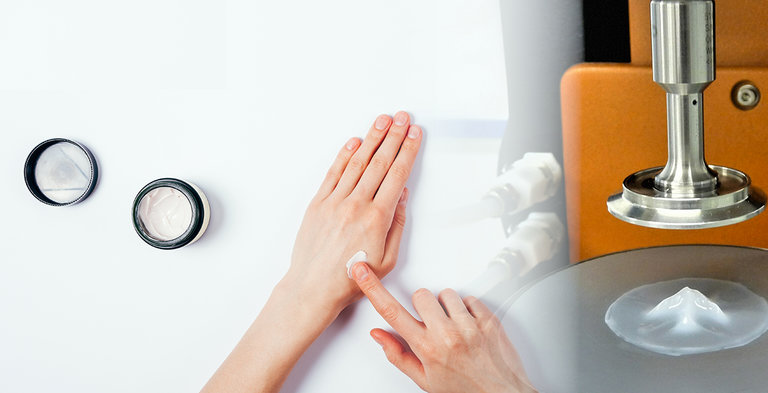Emmanuelle Mérat, Cécile Taillebois, Marion Nouvet, Hélène Vanzwaelmen
2015, 23rd IFSCC conference
Stickiness is commonly defined as the capacity of a product to form a link with another substance/surface. This characteristic is often considered as pejorative in cosmetic products. However, for some formulas, according to their final use, to be sticky is required. It is therefore essential to assess and quantify stickiness to discriminate cosmetic products. Sensorial evaluation takes a lot of time, requiring training. In addition, safety data of new compounds/formulas are not available, restraining their skin application. It is therefore interesting to develop a new method which could reduce the duration of this screening step and evaluate stickiness of many galenic forms even if formulas contain some raw materials under development. This method has to be in vitro and demonstrate an efficient correlation with sensorial evaluation. Sticky behavior varies in time: spreading stickiness of a cosmetic product could fundamentally differ from residual stickiness. That is why we chose a Time-Intensity profile.
Firstly, we selected some compositions showing various sticky behaviors. The difference of formulation type gives some consistency diversity, allowing qualifying the instrumental protocol, as large as possible. Secondly, we focused on instrumental analysis. A rheometer was chosen. All compositions were evaluated with a normal force protocol, where we measured the tension at each get up of the up-plate, the down-plate, with a defined roughness, being regulated at 33°C. The instrumental protocol is able to discriminate some composition groups about stickiness and to measure its evolution in time. All products were tested on skin by trained panelists. This Time-intensity assessment allows quantifying the sticky evolution on a significant period of time. In addition, for some formulas we investigated the influence of composition. We tested the new against the original formulas in normal force rheology and sensorial sticky evaluation. It revealed that for some of the compositions, results are not significantly different in sensorial assessment contrary to rheology. Concerning other compositions, it appears that they are not significantly different in rheology as well as in sensory. The instrumental protocol seems to be more accurate than panelists below a defined level.
Finally, to correlate sensorial data with rheological measurements, we compared and observed that each composition have a similar profile in rheology and sensory, but chronologically shifted. A good correlation between the two methods in terms of product ranking was found which is better than the attempt at correlation with raw values. Nevertheless, when we include oily continuous phase emulsions, we found a lower correlation. To conclude, our Time-intensity in vitro protocol could be used in a pre screening time-saving approach concerning the sticky behavior of water continuous phase compositions.
Seppic, Innovation Direction, 127 Chemin de la Poudrerie B.P. 90228 – 81105 Castres cedex, France

